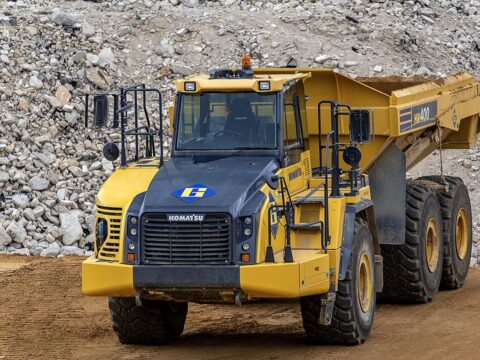When it comes to high-performance supercars, advanced aerodynamics plays a crucial role in pushing the limits of speed and handling. We’ll explore 18 cutting-edge supercars that stand out for their innovative aerodynamic designs, combining sleek profiles with technology that enhances both performance and efficiency. These vehicles are not just about power—they represent the pinnacle of engineering that allows them to slice through the air with precision.
Contents
McLaren Speedtail
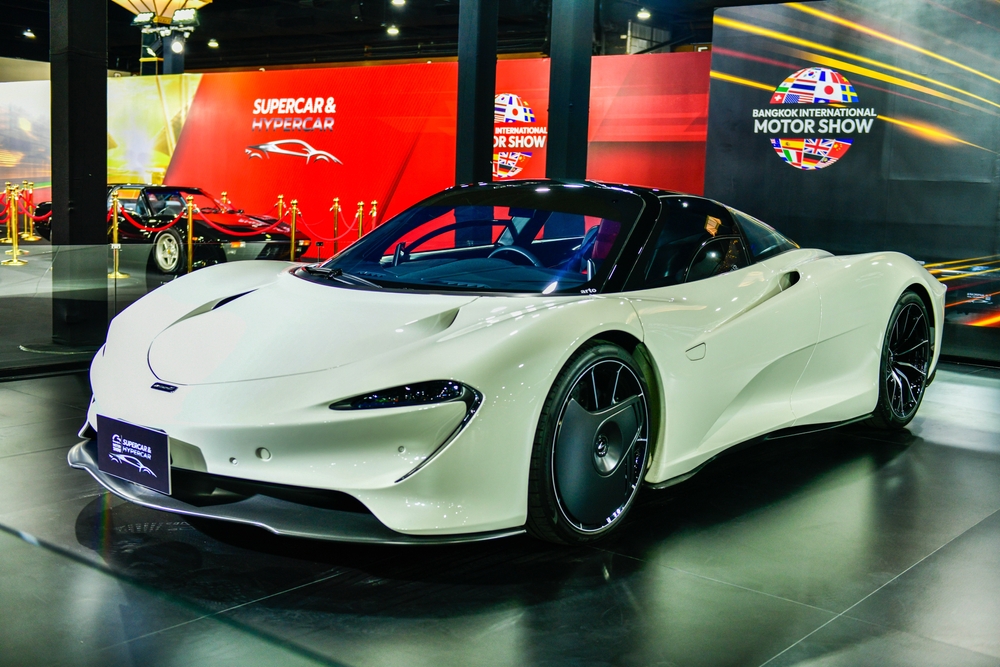
The McLaren Speedtail stands out with its teardrop-shaped body, crafted to achieve an impressive top speed of 250 mph. It’s equipped with active aerodynamics, including retractable rear ailerons that adjust to optimize downforce and maintain stability at high speeds. Boasting an ultra-low drag coefficient of 0.278, the Speedtail is among the most aerodynamically efficient cars ever made.
Ferrari SF90 Stradale
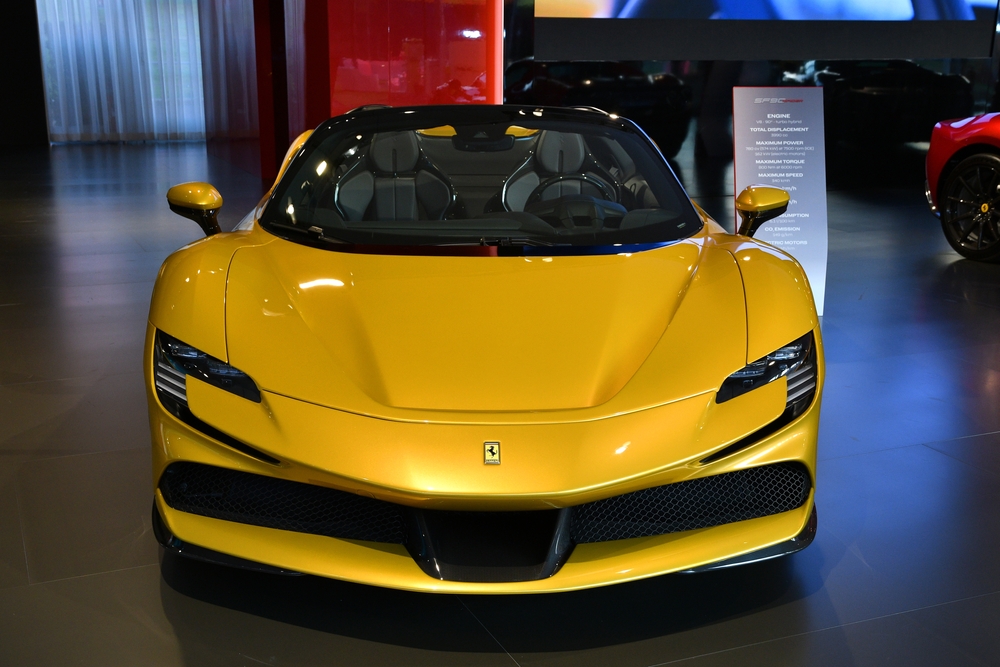
As Ferrari’s first plug-in hybrid supercar, the SF90 Stradale takes aerodynamics to a new level. The car is equipped with active aerodynamics, including adjustable front and rear spoilers that fine-tune airflow and enhance performance. The SF90’s carbon-fiber bodywork and sleek design allow it to reach speeds of up to 211 mph, showcasing Ferrari’s expertise in merging aerodynamics with cutting-edge technology.
Porsche 911 GT3 RS

The Porsche 911 GT3 RS is designed with track performance in mind, featuring a large rear wing and a front splitter that work together to maximize downforce. Porsche’s engineers have integrated advanced air curtains and NACA ducts to optimize cooling and reduce drag, ensuring the car remains agile and stable on the track. With a low center of gravity and a wide body, the 911 GT3 RS maintains exceptional stability at high speeds.
Koenigsegg Jesko
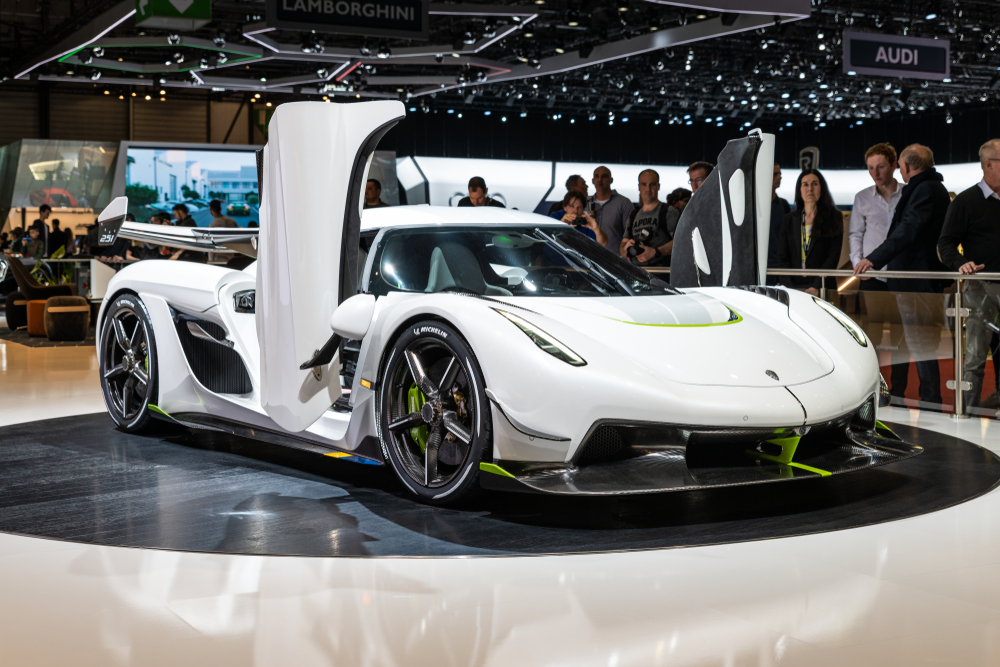
The Koenigsegg Jesko is engineered for extreme speed, with aerodynamics playing a pivotal role in its performance. Its active aerodynamic components, including a massive rear wing, front splitter, and rear diffuser, are designed to dynamically adjust and optimize airflow based on driving conditions. The Jesko’s carbon-fiber body minimizes drag while maximizing cooling for the engine and brakes, ensuring peak performance. With downforce exceeding 3,000 pounds at 170 mph, the Jesko exemplifies how innovative aerodynamics can push the boundaries of speed and control in a hypercar.
Aston Martin Valkyrie
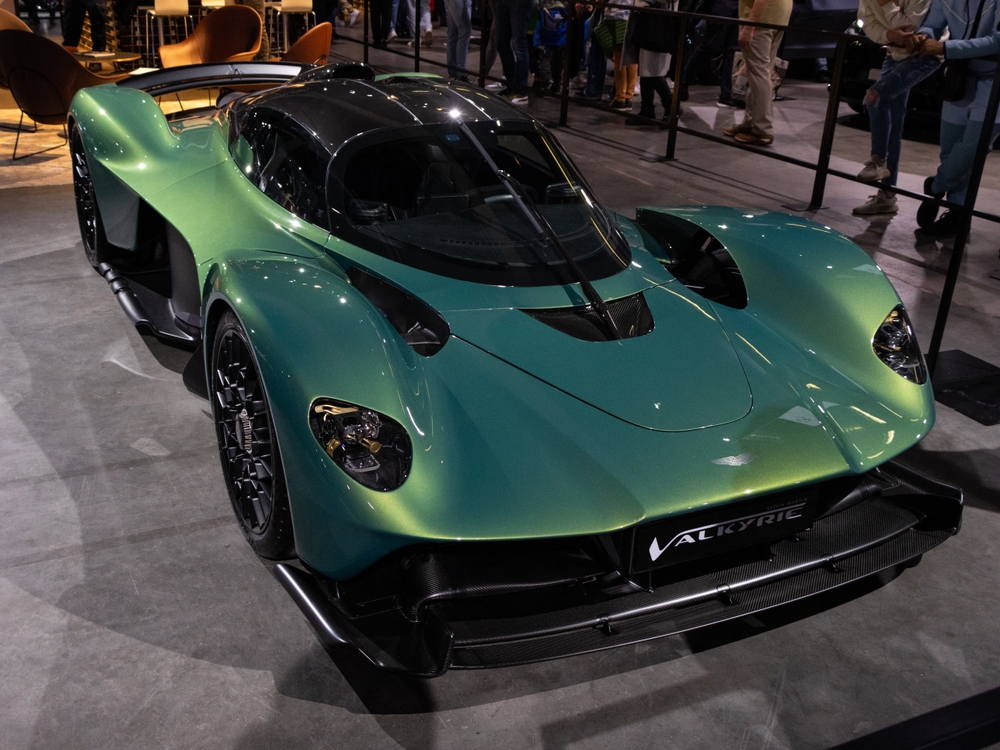
Inspired by Formula 1 technology, the Aston Martin Valkyrie is a marvel of aerodynamic engineering. The car’s underbody Venturi tunnel generates substantial downforce without the need for large wings or spoilers, resulting in a sleek and efficient design. Active aerodynamics, such as the adjustable rear wing and front flaps, further refine the car’s stability and performance at high speeds. The Valkyrie’s lightweight carbon-fiber structure adds to its agility, making it one of the most advanced road cars ever created.
Bugatti Chiron Super Sport 300+
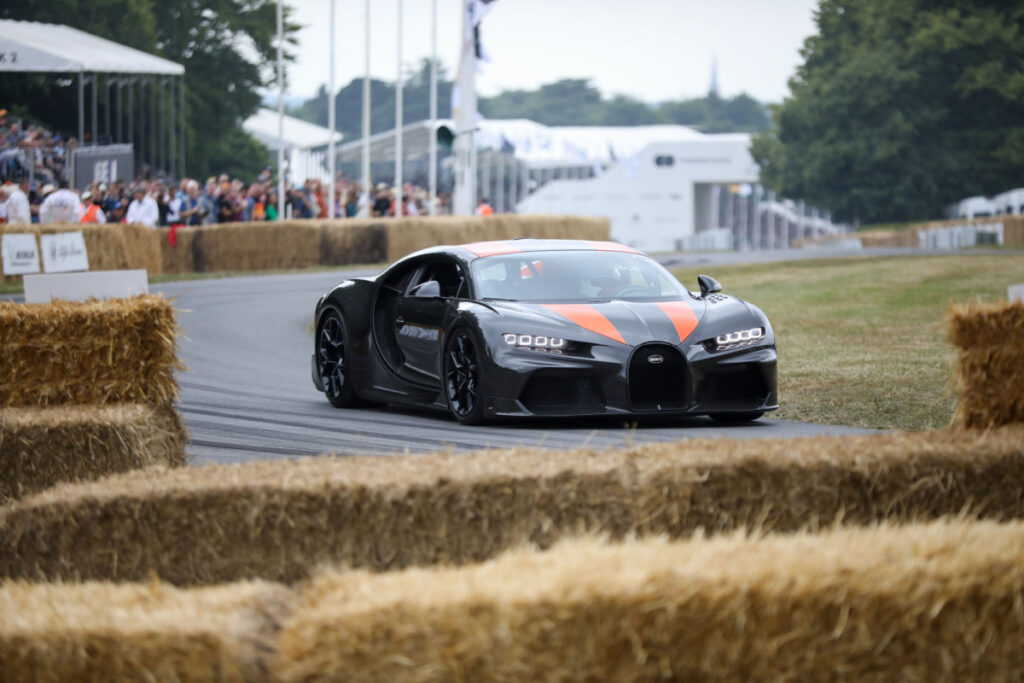
The Bugatti Chiron Super Sport 300+ is engineered for extreme velocity, and its aerodynamics are meticulously optimized to achieve a record-breaking top speed of 304 mph. With an elongated body design, often referred to as the “longtail,” the car reduces drag and enhances stability at high speeds. Bugatti’s engineers have incorporated active aerodynamics, including an adaptive rear wing that serves as an airbrake, to ensure the Chiron remains controllable even at its incredible speeds.
Pagani Huayra BC
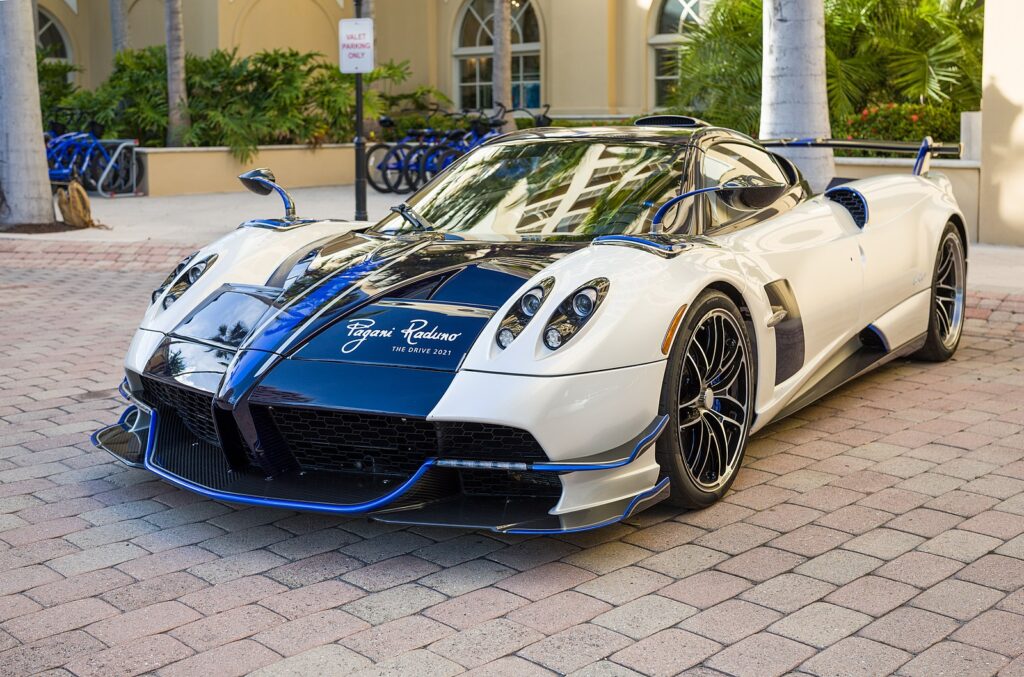
The Pagani Huayra BC is a testament to the art of aerodynamics, with its design featuring both active and passive aerodynamic elements. The car’s active aerodynamics system, which includes front flaps and a dynamic rear wing, adjusts in real-time to optimize downforce and reduce drag based on driving conditions. The Huayra BC’s unique blend of aesthetics and aerodynamics makes it a standout in the world of supercars.
Lamborghini Sian FKP 37

The Lamborghini Sian FKP 37 merges futuristic design with advanced aerodynamics, representing the brand’s first hybrid supercar. The car features active cooling vanes on the rear that automatically open and close based on temperature, optimizing airflow and reducing drag. Lamborghini’s engineers have also integrated a rear wing that deploys at higher speeds to enhance downforce, improving stability and cornering performance. With a top speed exceeding 217 mph, the Sian’s aerodynamic innovation complements its powerful hybrid drivetrain, making it a true icon in Lamborghini’s lineup.
Mercedes-AMG One
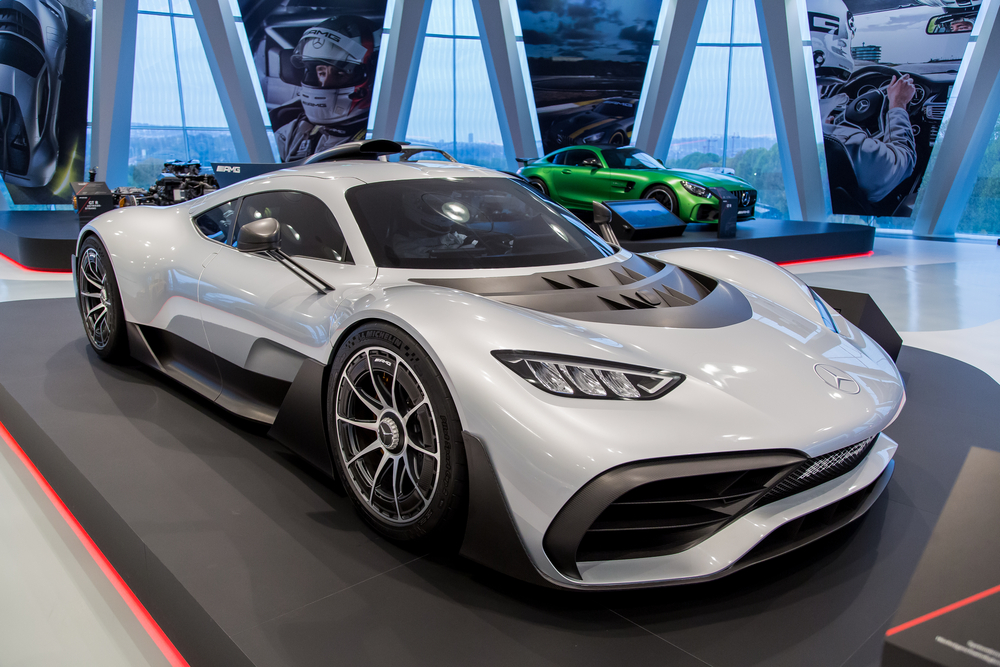
The Mercedes-AMG One brings Formula 1 technology directly to the streets, with its aerodynamic design being a key factor in its performance. Equipped with active aerodynamics, the car features a two-stage rear wing, adjustable front flaps, and a sizable rear diffuser, all designed to work in harmony to optimize downforce and airflow. The sleek, low-slung design reduces drag while enhancing high-speed stability, and its carbon-fiber monocoque further lightens the vehicle, increasing its agility.
Lexus LFA Nürburgring Edition
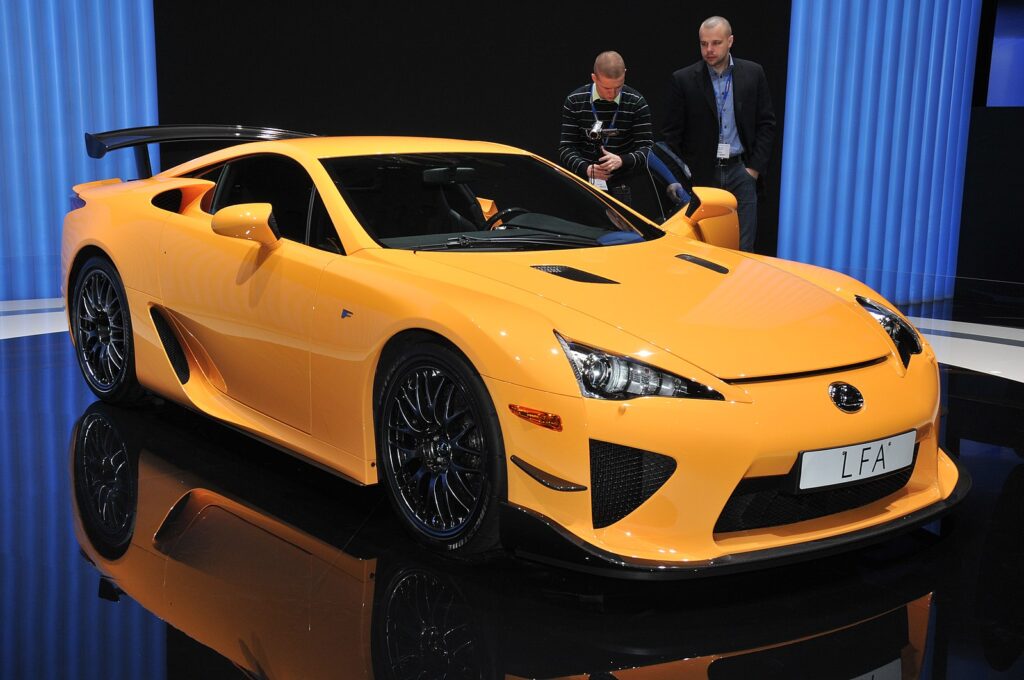
The Lexus LFA Nürburgring Edition is a supercar that prioritizes aerodynamic efficiency for superior track performance. This edition includes a prominent fixed rear wing, a front splitter, and fin-type canards, all tailored to boost downforce and stability. The car’s lightweight carbon-fiber body enhances its aerodynamic efficiency, reducing drag and enabling quicker acceleration. Lexus fine-tuned the LFA’s aerodynamics in a wind tunnel, ensuring it could tackle the Nürburgring’s demanding curves with precision and control.
Nissan GT-R Nismo
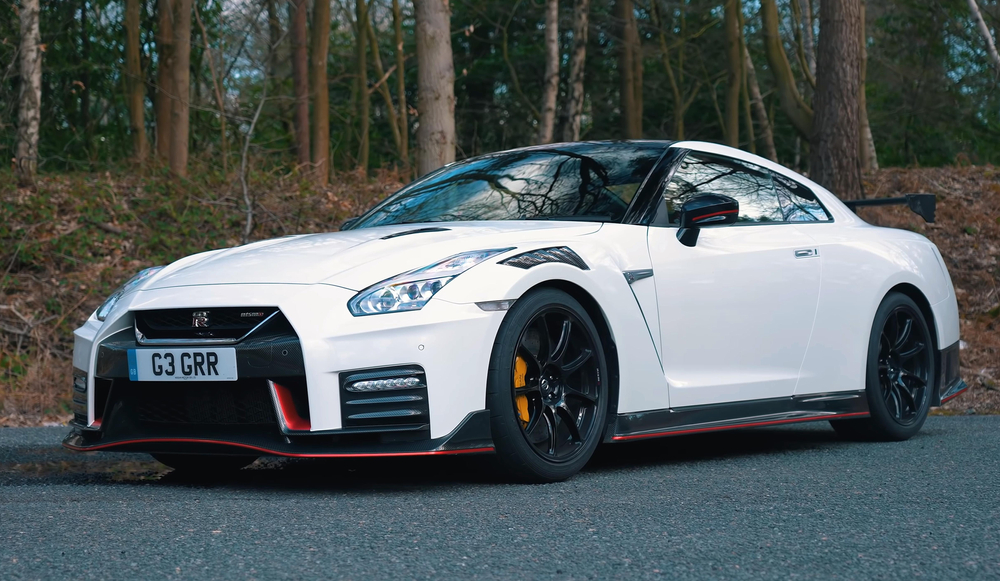
The Nissan GT-R Nismo is designed for high-performance driving, with a focus on aerodynamics to maximize its track capabilities. The car’s design includes a large rear wing, front splitter, and side skirts, all working together to increase downforce and reduce drag. Nismo engineers have further enhanced the car’s aerodynamics by incorporating carbon-fiber components that improve airflow and cooling. This combination of aerodynamic efficiency and brute power defines the GT-R Nismo’s legendary status.
Chevrolet Corvette ZR1
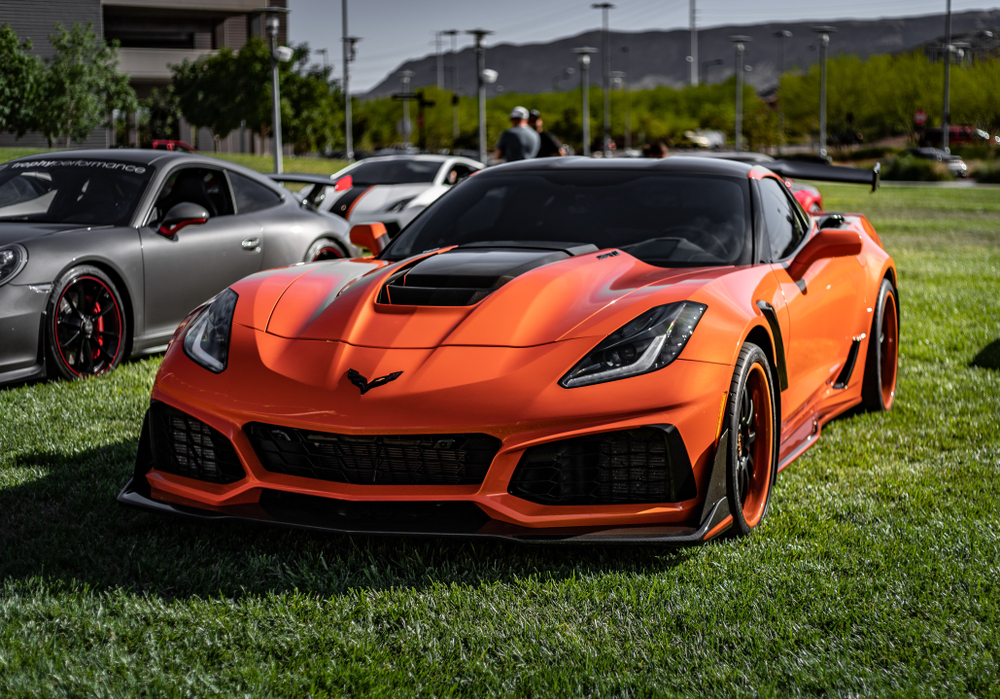
The Chevrolet Corvette ZR1 combines classic American muscle with cutting-edge aerodynamics. It features an adjustable rear wing, a front splitter, and strategically placed air intakes that work in tandem to maximize downforce and improve engine cooling. The use of carbon-fiber for the roof and hood helps reduce weight, enhancing the car’s overall agility. The ZR1’s advanced aerodynamic package allows it to generate up to 950 pounds of downforce, providing exceptional stability and handling at high speeds.
Ferrari F8 Tributo

The Ferrari F8 Tributo is a mid-engine marvel that showcases Ferrari’s expertise in aerodynamic innovation. A key feature is the S-Duct on the front bumper, which channels air through the body and over the hood to increase downforce and minimize drag. Complementing this are a rear diffuser and an active rear wing, both of which enhance stability by optimizing airflow around the vehicle. The F8 Tributo’s sleek profile and lightweight construction allow it to achieve speeds up to 211 mph, offering not only incredible speed but also precise handling.
Porsche Taycan Turbo S
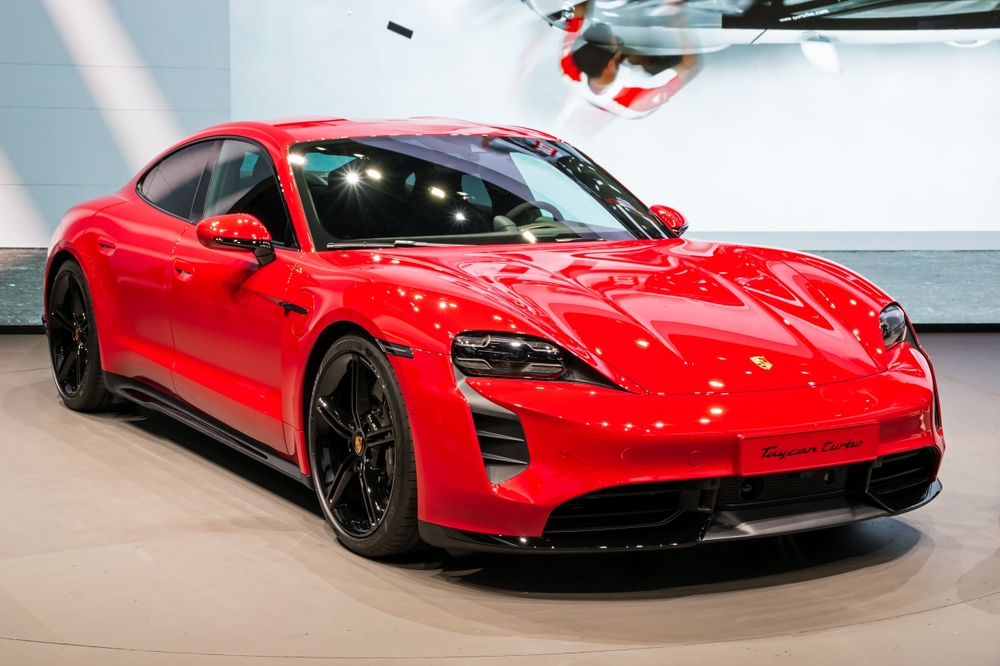
The Porsche Taycan Turbo S redefines aerodynamics for electric vehicles, blending efficiency with high performance. Its low, wide stance and streamlined bodywork are engineered to minimize drag and maximize the car’s range and speed. Active aerodynamics, including a retractable rear spoiler and adjustable air curtains, dynamically adjust to optimize airflow depending on driving conditions. Porsche has also designed the Taycan’s underbody to be aerodynamically efficient, reducing turbulence and enhancing the car’s overall efficiency.
Rimac C_Two
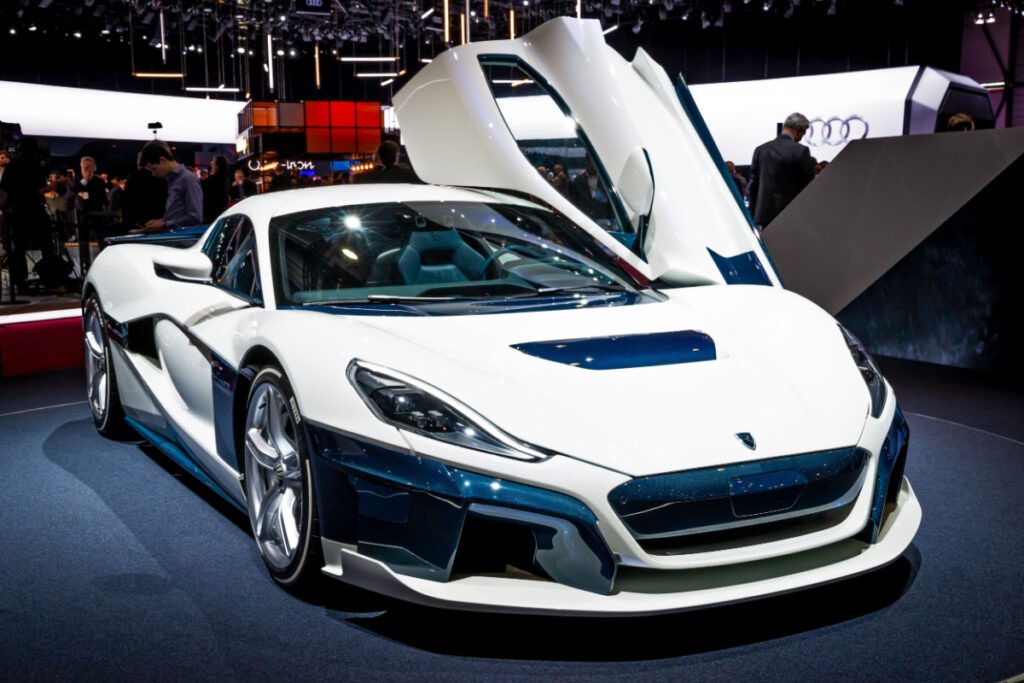
The Rimac C_Two is an electric hypercar that fuses groundbreaking technology with state-of-the-art aerodynamics. Its active aerodynamic elements, including a rear wing, front splitter, and rear diffuser, adjust in real-time to optimize downforce and drag for varying driving conditions. Rimac has meticulously crafted the C_Two’s body to channel air efficiently, reducing drag and improving cooling for the electric motors and battery.
Lamborghini Huracán Performante
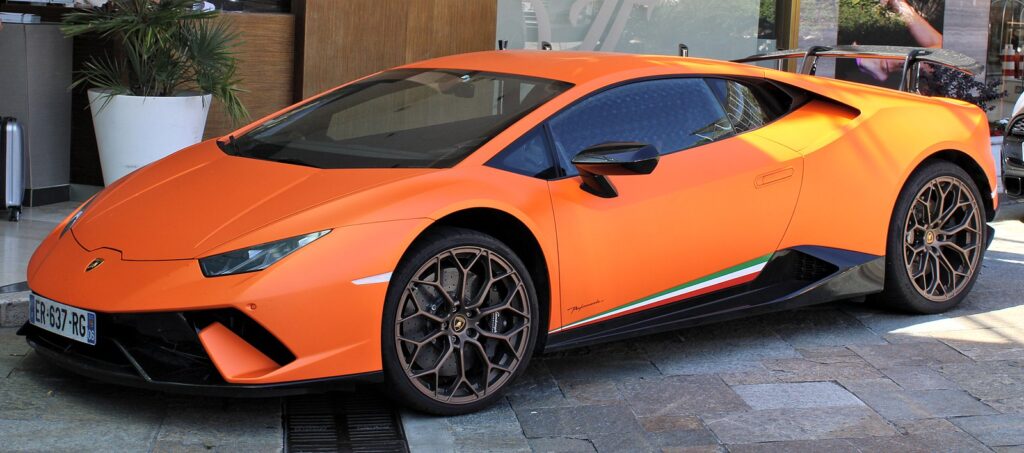
The Lamborghini Huracán Performante is designed to deliver exceptional track performance, with aerodynamics playing a central role in its capabilities. The car features Lamborghini’s innovative Aerodinamica Lamborghini Attiva (ALA) system, which includes active flaps on the front and rear that adjust to optimize downforce and drag. Lightweight carbon-fiber construction and refined bodywork enhance the car’s aerodynamic efficiency, enabling it to generate significant downforce while maintaining top speeds.
BMW i8
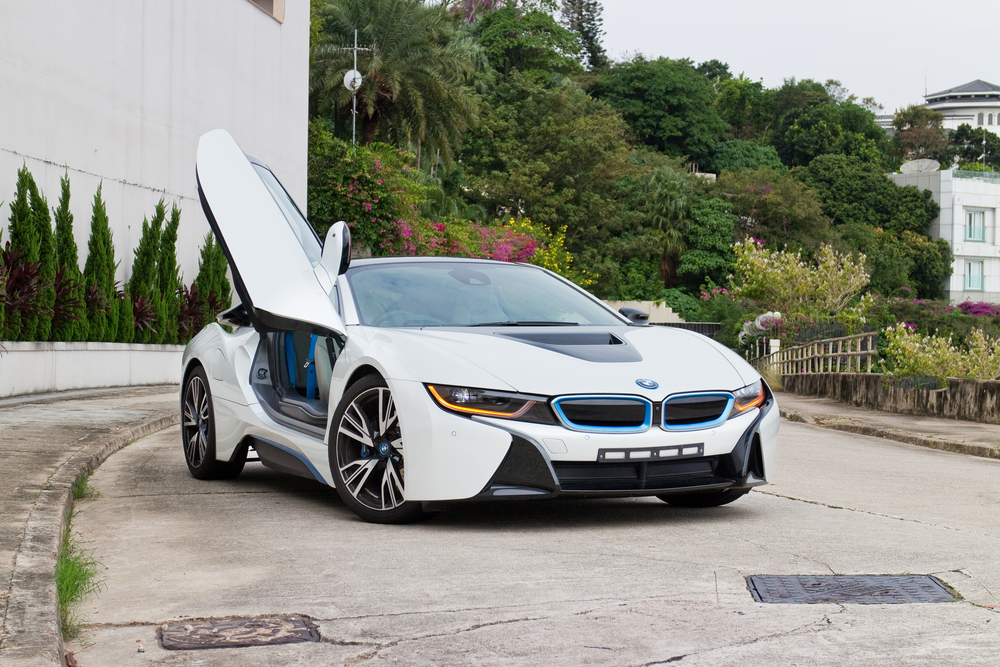
The BMW i8 represents a futuristic blend of hybrid technology and advanced aerodynamics. Its low, wide stance and sleek design are optimized to reduce drag, improving both fuel efficiency and performance. The car features active aerodynamics, including an adjustable rear spoiler and air curtains that enhance airflow at varying speeds. The lightweight carbon-fiber construction further boosts the i8’s agility, allowing it to perform efficiently as both a sports car and an eco-friendly vehicle.
Audi R8 V10 Performance
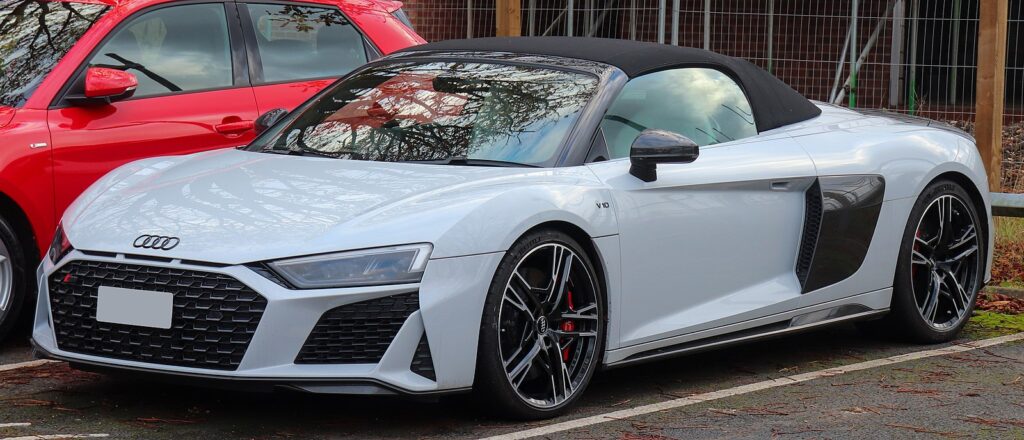
The Audi R8 V10 Performance combines raw power with refined aerodynamics to deliver a supercar experience like no other. The car’s design includes a fixed rear wing, front splitter, and side skirts, all engineered to increase downforce and stability during high-speed driving. Audi has also optimized the R8’s underbody to reduce drag, enhancing both its speed and fuel efficiency.
This article originally appeared in MyCarMakesNoise.
More from MyCarMakesNoise
20 Used Cars to Avoid Buying
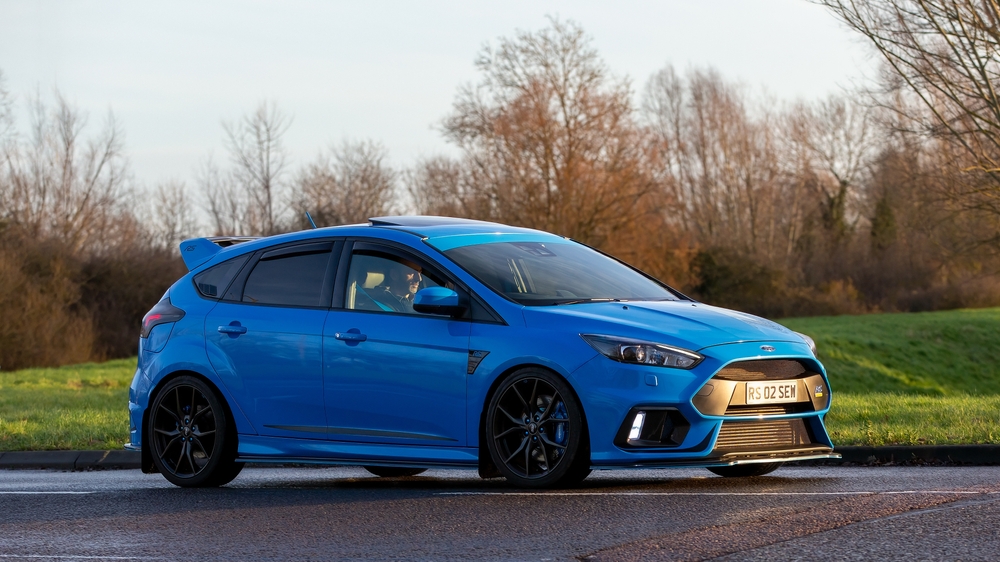
Buying a used car can be a smart and cost-effective decision, but it’s important to choose wisely to avoid potential headaches down the road. While many used cars offer great value and reliability, some models are notorious for their frequent mechanical issues and high maintenance costs. Read More.
10 Budget-Friendly RVs for First-Time Buyers

Venturing into the world of RV travel can be exhilarating, but the wide range of options and prices can be overwhelming for first-time buyers. This is why choosing a budget-friendly RV that doesn’t compromise on quality and essential features is crucial. Read More.
13 Classic Chevrolet Cars That Failed to Impress
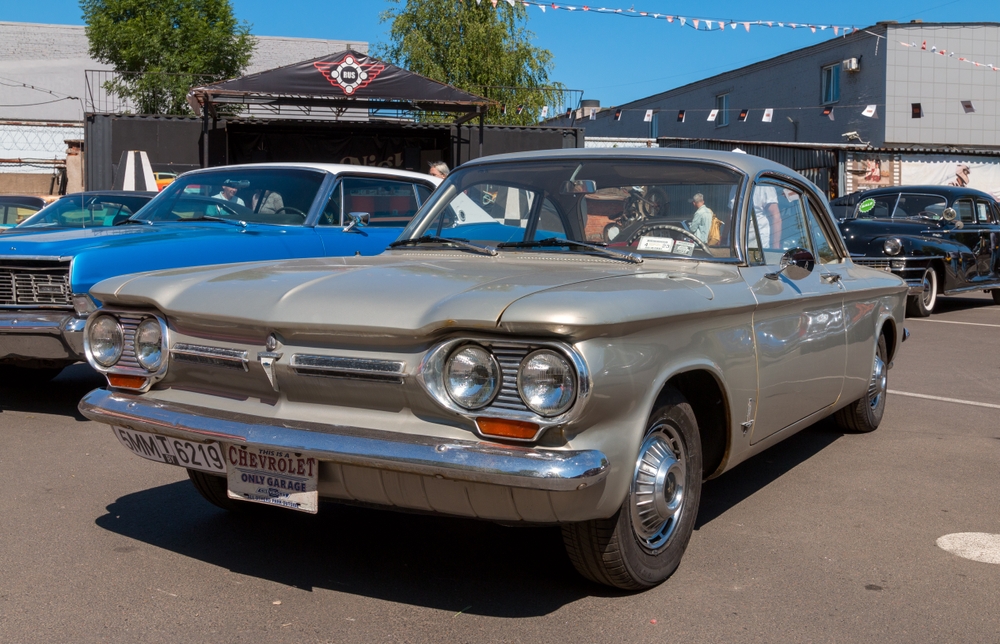
When it comes to classic cars, not every model becomes a beloved icon. Chevrolet, a powerhouse in the automotive industry, has had its fair share of hits and misses over the decades. While many Chevys have won the hearts of car enthusiasts worldwide, some models missed the mark by a wide margin. Read More.

